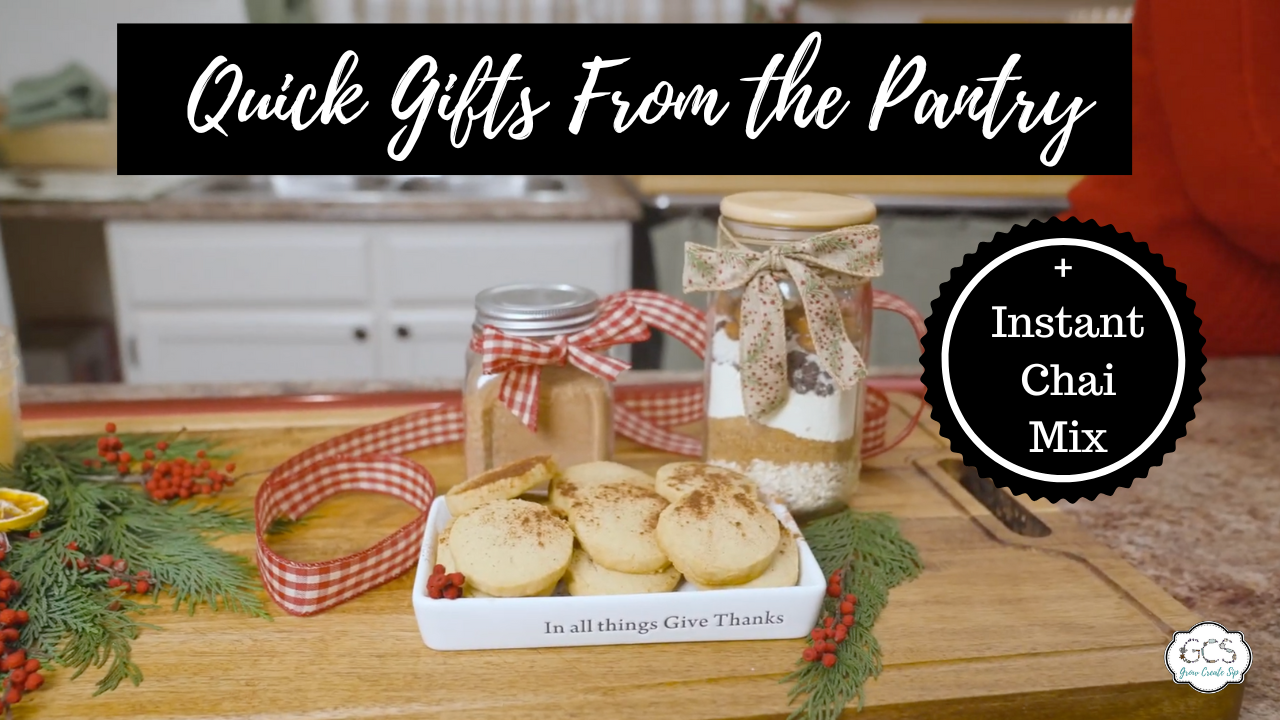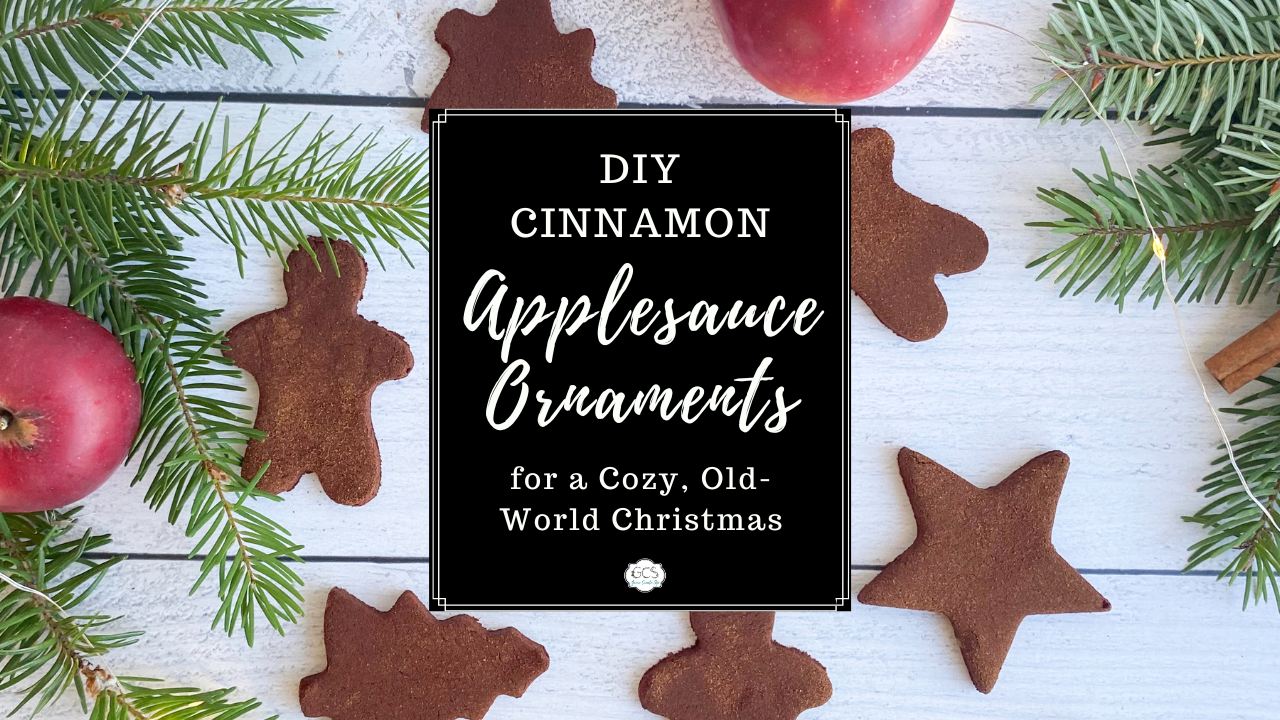How to Make Elderberry Jam
Aug 05, 2025
I am a huge fan of elderberries, and not just because they are a natural plant here in the Pacific Northwest! They have such wonderful medicinal value and are probably the best-tasting medicinal herb — aside from maybe peppermint. These berries can be made into various products, including tea, tinctures, and syrup. The syrup can be canned, consumed on its own, or even turned into gummies.
Those products and uses are all fairly well known, but one of the tastiest ways to use elderberries is by making a jam or jelly. While the seeds may be consumed after they have been cooked, I'm going to share some tips with you about why you might want to remove them anyway. Turning this jam into a technical jelly! Also, one that can be made with sugar alternatives like honey and maple syrup.
In this guide, we will be sharing the medicinal benefits of elderberries and how you can make elderberry jam at home. Our elderberry jam recipe is shelf-stable, so you can prepare it in advance and store it until you are ready to enjoy. You can spread this homemade elderberry jelly recipe on toast or on baked goods, or gift a jam jar to your loved ones!

The Legal Stuff
This blog is provided by St. Fiacre's Farm LLC for informational purposes only. It does not constitute medical advice, and you should always seek the advice of a qualified healthcare provider for any medical questions or concerns. These statements have not been evaluated by the Food and Drug Administration. This product is not intended to diagnose, treat, cure, or prevent any disease. Please note that we may earn a small commission on any purchases you make through our affiliate links, at no additional cost to you. Thank you for your support!
What is Elderberry?
I’m so excited to dive into all things elderberry with you today! Elderberry is the fruit of the Sambucus canadensis plant, which is also known as the American elderberry plant. Although native to North America, elderberry is no stranger to other regions like Europe and Asia, and Sambucus nigra, or European elderberry, is quite popular too.
Elderberries grow on small shrub-like trees, but here in Oregon, some of the trees grow to an impressive height of up to 30 feet tall! The round berries from this plant have a deep purplish black color. Overall, these berries have a sour and tart flavor profile with some slight bitterness and sweetness in them as well.
If you are interested in growing these berries in your own garden, be sure to check out our elderberry planting guide.

There are two types of elderberries
Did you know that there are two main types of elderberries? Black elderberries have a slightly tart flavor, while blue elderberries tend to be a little bit sweeter. Both can be used for culinary and medicinal purposes, but between these two berry varieties, the black ones are more common in the United States.

Health and Medicinal Benefits of Elderberry
Elderberry is the ultimate superfood! It is best known for its healing and health-boosting qualities, and while a dose of this berry elixir can be incorporated into a regular routine year-round, it is especially helpful to have on hand during cold and flu season. The flowers of the plant are rich in antioxidants, while the actual berries themselves are packed with vitamins and minerals, including Vitamin A, Vitamin C, calcium, iron, and folate.
Elderberries have antiviral properties that help boost the immune, respiratory, and glandular systems. They can help provide pain relief, fight against chronic fatigue, and also boost your heart health. Making delicious recipes like elderberry jam or jelly means that you can nourish your body with the medicinal benefits of the plant while also enjoying a treat that is super tasty too.
How to Make Elderberry Jam
You can easily make your own berry jam at home using just a handful of ingredients. Our farmhouse style elderberry jelly recipe comes together with only 30 minutes of active prep and cooking time!
Elderberry jelly vs. jam vs. preserves: what’s the difference?
When it comes to fruit spreads, the difference between jelly, jam, and preserves really comes down to texture and how much of the fruit makes it into the jar. Jelly is the smoothest of the three—made from fruit juice that's been strained to remove any solids, giving it that clear, firm finish. Jam, on the other hand, keeps more of the fruit’s character. It’s thicker and more textured than jelly but still soft and easy to spread. Then there are preserves—the heartiest of the bunch—filled with larger chunks or even whole pieces of fruit, offering a rustic, spoonable experience that feels a bit more like eating dessert straight from the jar.

In this recipe, we’re making a true jam, not a jelly—because we’re using the whole mashed elderberries, not just the juice. It’s important to note that elderberries contain naturally occurring compounds in their seeds and skins that can be harmful if eaten raw, but thorough cooking neutralizes those compounds, making them safe to enjoy in recipes like this one.
While it’s perfectly safe to leave the mashed berries in the jam, I actually recommend removing the seeds if you prefer a smoother texture. Elderberries have very little fruit compared to the size of their seeds, which can make the jam unexpectedly crunchy—not quite the experience most folks are expecting from a classic fruit spread.
For those who’d rather skip the seeds altogether, we’ve also included a jelly recipe as an alternative. It uses only the strained juice from the berries, resulting in a smooth, clear, seed-free spread that still captures all that deep elderberry flavor.
With properly prepared fruit and a thorough simmer, both versions—jam and jelly—are safe, delicious, and perfect for canning. So yes—this time, we really do mean jam when we say jam (but we’ve got jelly too, just in case!).
You should never consume raw elderberries, since the toxins in the seeds and other compounds are harmful unless boiled and cooked off.

Uses for Our Elderberry Jam Recipe
After you have made your jam, the fun is only just beginning! There are countless ways to enjoy your culinary creation. Here on the farm, some of our favorite ways to use homemade jam in the kitchen include the following:
- Spreading it on toast, biscuits, or bagels
- Swirling it into a bowl of oatmeal, yogurt, or chia pudding
- Drizzling it on top of pancakes or waffles
- Including it in a charcuterie board
A jar of jam also makes a fabulous gift! Whether you are giving it as a hostess gift, a holiday gift, or just because, sharing this elderberry jelly recipe with your loved ones is a simple but meaningful way that you can be a blessing to others.

Tips & Tricks for Getting the Perfect Jam Consistency
Getting your jam to set just right can feel like a bit of a homesteader’s science experiment, especially when working with fruits like elderberries that are naturally low in pectin. If you’ve ever ended up with jam that’s more like syrup or one that sets like a brick, these tips will help you find that sweet, spreadable middle ground. Or you could just rename your jam a coulis which is french for sauce and not worry about it! Then you sound fancy, especially if you hold your sauce with your pinky up!
Soak Dried Elderberries Thoroughly
If you’re using dried elderberries, make sure to soak them for at least 4 hours or overnight before cooking. This allows the berries to fully plump up, which makes a big difference in texture and ensures that your pectin sets evenly. Skipping this step can result in a chewy, tough jam.
Don’t Overcook After Adding Pectin
Once you stir in your pectin and sweetener mixture, bring the jam back to a boil—but don’t keep it there for long. Just 1 to 2 minutes of boiling is enough to activate Pomona’s Pectin. Overcooking at this stage can actually break down the pectin and lead to a poor set or a rubbery texture.
Stick to the Correct Sweetener Ratios
Pomona’s Pectin allows for low-sugar and honey options, but it’s important to follow the tested ratios. Using too little sweetener can result in a loose set that won’t firm up properly, especially with low-pectin fruits like elderberries.

Always Use Bottled Lemon Juice
Bottled lemon juice might not feel very prepper like, but it’s essential for a reliable pH level in home canning. Elderberries are naturally tart, but their acidity can vary. Using bottled lemon juice ensures safe acidity and helps the jam gel properly.
Let the Jam Sit Before You Worry
If your jam seems a little loose after canning, don’t panic just yet. It often takes 24 to 48 hours at room temperature for jams to fully set. Give it time before you decide if it needs to be reprocessed.
How to Fix Jam That Didn't Set
If after a couple of days your jam still isn’t where it should be, you can fix it. Pour the contents back into a pot, add a small amount of additional pectin and calcium water, and re-boil for 1–2 minutes before reprocessing. It’s not ideal, but it’s better than tossing a whole batch! Or again - just call it coulis!

Your Questions About Elderberry Jam
How long does homemade elderberry jam last?
Canned jam will remain shelf-stable for many months until opened, but we recommend that you open it up within a year of making it so you can enjoy its freshness. Opened jam should be stored in the refrigerator and will last with maximum freshness for about 3 to 4 weeks.
Is elderberry safe for pregnant women to consume?
Elderberries, when properly cooked, are generally considered safe in food amounts during pregnancy—like those found in jams, syrups, or teas made from cooked berries. if you’re considering taking elderberry as a supplement (e.g., daily syrup for immune support), it’s best to consult with a midwife or healthcare provider, as data on elderberry supplementation during pregnancy is still limited.
Do elderberries have enough pectin to make jam?
No, elderberries are low in natural pectin, so you’ll need to add commercial pectin for your jam to set properly. Pomona’s Pectin is a great choice, especially if you want to use less sugar or natural sweeteners like honey.
Can you use honey instead of sugar in elderberry jam?
Yes, you can safely use honey instead of sugar when making elderberry jam if you’re using Pomona’s Pectin. Just be sure to follow the correct ratio, as too little sweetener can affect the set and safety of the recipe.
Enjoy Elderberries in a Multitude of Ways
Elderberry jam comes together so easily, and when you make this recipe at home, you can enjoy both the delicious flavors and the health benefits that come with it. Your jam will elevate so many recipes and will make the perfect addition to your next charcuterie board! For more inspiration on how to create the perfect spread, download our FREE Charcuterie Ebook for the best recipes and assembly ideas!
Grab More Elderberry Recipes
- Elderberry Simple Syrup Recipe
- How to Make Elderberry Syrup
- Craft Your Own Elderberry Tincture
- Elderberry Syrup vs Elderberry Tincture: Which is Best?
- Safley Canning Elderberry Syrup
- How to Plant and Propagate Elderberry Plants
















